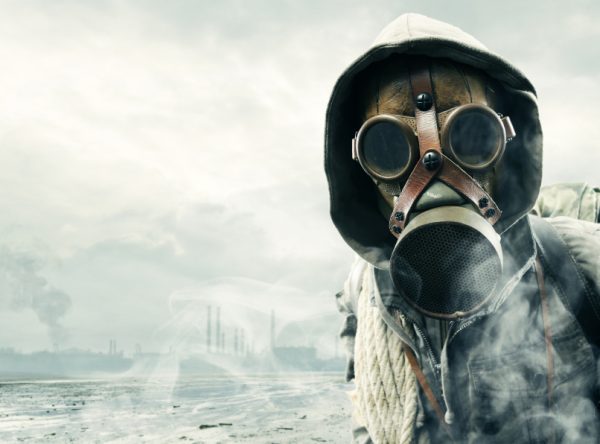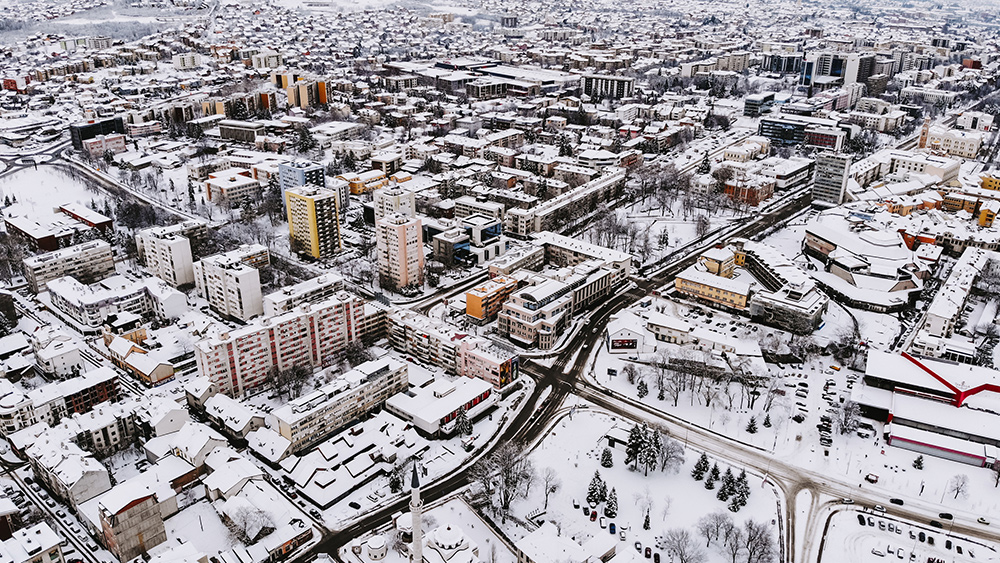 Parler
Parler Gab
Gab
A prepper's guide to using calcium hypochlorite
Use calcium hypochlorite powder to make a five percent stock solution. When making the cleaning solution, always add the calcium hypochlorite powder to the water. Never add the water to the calcium hypochlorite. Check the guide below if you want to use calcium hypochlorite to clean different surfaces. Five percent calcium hypochlorite stock solution:- 1 1/2 Cups water + one teaspoon calcium hypochlorite powder
- 1 Quart water + 2 3/4 teaspoons calcium hypochlorite powder
- 2 Quarts water + 5 1/2 teaspoons calcium hypochlorite powder
- 1 Gallon water + 10 3/4 teaspoons calcium hypochlorite powder
Other bleach alternatives to try
Here are other bleach alternatives to try if you don't have calcium hypochlorite powder: Baking soda Boost your detergent's cleaning power and leave clothes whiter and brighter by adding 1/2 cup of baking soda to your usual laundry detergent. You can use baking soda in both standard and high-efficiency washers. Add the baking soda directly to the washer drum before you add the laundry. Don't put the baking soda in an automatic dispenser because it may not dissolve completely. Distilled white vinegar You can whiten clothes and linens by presoaking the white items in a solution of one part distilled white vinegar and six parts warm water. Mix the solution in a large plastic bucket or the washer drum. Completely submerge your white clothes, and don't forget to swish through the vinegar solution to get everything wet. Let the clothes sit overnight, then wash the clothes as usual following the correct water temperature for the fabrics. Don't worry about the vinegar odor because it will go away after you wash the clothes. Hydrogen peroxide Hydrogen peroxide is a mild bleaching agent. Use it to remove stains or to whiten and brighten clothes. When exposed to light, hydrogen peroxide eventually breaks down to water and oxygen and becomes a biodegradable oxygen-based bleach. You can use a three percent solution of hydrogen peroxide from the drug store for laundry. To whiten and brighten clothes, add one cup of hydrogen peroxide to each washer load of laundry. Use it on a load of white or colored clothes. Put the hydrogen peroxide in the automatic bleach dispenser of the washer or add it as the washer is filling with water. This ensures that it is dispersed evenly before clothes are added. Never pour hydrogen peroxide directly on dry-colored fabrics because it can cause spotting and remove color. Lemon juice Lemon juice is acidic just like vinegar and it has the same natural bleaching action. Add one cup of lemon juice to the washer when washing white clothes to help keep them bright. If you have white cotton socks that are heavily stained and dingy, whiten them by adding add one lemon cut into slices to a large pot of boiling water. Add the socks, turn off the heat and let the socks soak in the mixture overnight before washing. Use calcium hypochlorite as a bleach alternative while cleaning your homestead. Visit Homesteading.news to learn more about other non-toxic cleaning agents. Watch the video below for an eco-friendly DIY bleach alternative. This video is from the Natural News channel on Brighteon.com.More related stories:
Home cleaning hacks: Non-toxic DIY carpet cleaner recipe. Mold, begone: 5 Non-toxic DIY mold cleaner recipes. Homesteading hacks: Non-toxic DIY glass and window cleaner. Sources include: PrepSchoolDaily.Blogspot.com TheSpruce.com Brighteon.comPrepWithMike: Surviving radioactive exposure following a nuclear explosion is NOT impossible
By Belle Carter // Share
Food supply 101: Energizing foods to stock up before disaster strikes
By Zoey Sky // Share
Tampons, including “organic” brands, found to contain toxic PFAS (fluorine) chemicals
By Ethan Huff // Share
Energy crisis forces Austria’s only domestic salt manufacturer to cut production by 20%
By Arsenio Toledo // Share
Prepper tips and tricks: How to stay warm in winter using cayenne peppers
By Zoey Sky // Share
British government “war gaming” emergency plans to deal with week-long blackouts
By Arsenio Toledo // Share
Governments continue to obscure COVID-19 vaccine data amid rising concerns over excess deaths
By patricklewis // Share
Tech giant Microsoft backs EXTINCTION with its support of carbon capture programs
By ramontomeydw // Share
Germany to resume arms exports to Israel despite repeated ceasefire violations
By isabelle // Share










